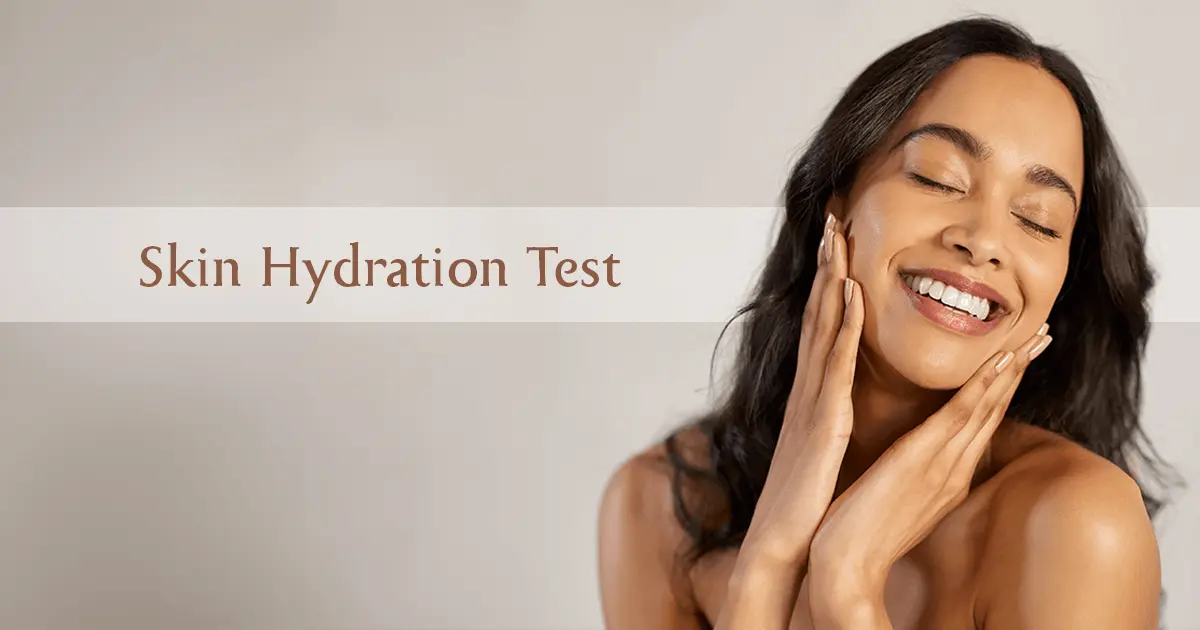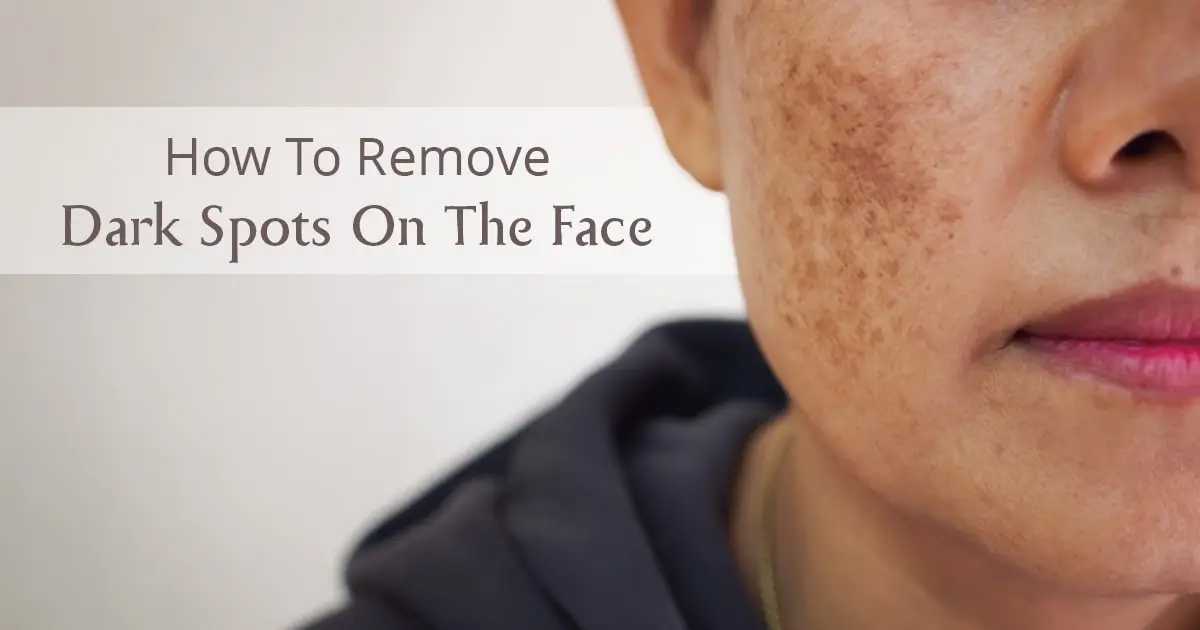
We all know that sun exposure can cause sunburn! But did you know that it can also lead to permanent changes in your skin? 90% of skin damage is caused by photoaging, which results directly from sun exposure. The good news? It can be prevented!1
In this blog, we break down what photoaging is, how it shows up on your skin, and what you can do to prevent it without giving up the sun entirely.
So let’s get started.
Post Contents
[hide]
What Is Photoaging?
Exposure to the sun’s rays causes premature ageing in your skin. This is called photoaging, which happens due to UVA and UVB rays, either from the sun or artificial sources like a tanning bed.1
While natural ageing cannot be prevented, photoaging can be significantly reduced by adopting sun protection. Protecting yourself from the sun can also lower your risk of skin cancer, which might be caused by UV-induced DNA damage.1 2
Can Sun Damage Be Reversed?

When DNA damage happens due to UV exposure, it cannot be reversed. However, the changes it causes to your skin and how it appears can be reduced and even reversed with the help of certain treatments.1 2
These treatments can improve the skin tone and its quality by removing spots, reducing wrinkles and fine lines and stimulating collagen production.1 2
Who Is At Risk For Skin Damage From The Sun?
The risk of sun damage increases in people who:1 2
- Have a light skin tone.
- Have a personal or family history of skin cancer.
- Have many moles.
- Have freckles.
- Have blue or green colored eyes.
- Have blond, red or light brown hair.
- Live at high altitudes.
- Spend weekdays mostly indoors but get intense sun exposure on weekends.
- Mostly stay outdoors.
Are People Of Color At Risk For Sun-Damaged Skin?
Not really! People of darker skin tones have more of the skin colouring pigment melanin. The pigment helps to protect against the damaging UV rays. This is why dark skinned people are less likely to get a sunburn.1 2
Are There Health Conditions That Increase Your Risk For Sun-Damaged Skin?
Yes. The risk of sun damage increases in people who:1 2
- Have systemic lupus erythematosus (autoimmune disease).
- Have health conditions that weaken your immune system (like HIV).
- Had an organ transplant.
- Take medicines that weaken your immune system (corticosteroids, biologics, monoclonal antibodies and calcineurin inhibitors).
- Take medicines that make your skin more sensitive to sunlight (tetracycline and fluoroquinolone antibiotics, tricyclic antibiotics, oral contraceptives, cholesterol-lowering drugs).
What Are The Signs Of Photoaging?
The signs of photoaging include:1 2
- Telangiectasia or spider veins on your nose, cheeks and neck.
- Loss of skin elasticity in sun-exposed areas.
- Wrinkles & fine lines around your eyes, forehead and mouth that gradually increase in severity.
- Actinic keratosis or red, rough, scaly spots on your skin.
- Actinic cheilitis or lip lesions.
- Melasma (hyperpigmented skin), freckles, liver spots and age spots.
- White spots on your arms, legs and back of your hands.
- Uneven skin colour or texture.
- Skin thinning.
What Causes Photoaging?

Photoaging is caused by UV light. They are of three different types:1 2
1) UVA Light
UVA light damages the skin on all levels, right from the surface of your skin to its deepest layers. UVA also damages collagen and elastin fibres, epidermal cells and tiny blood vessels.
2) UVB Light
This is the most damaging form of UV light, which damages the outer layer of the skin. It’s responsible for photoaging as well as the formation of precancerous cells.
3) UVC Light
UVC is usually intercepted and absorbed by the ozone layer and atmosphere. And this is why it’s not so damaging for our skin.
What Are The Complications Of Photoaging?
Photoaging might increase the risk of certain complications, such as:1 2
- Melanoma (a type of skin cancer).
- Precancerous growths
- Worsening of rosacea (skin redness).
- Seborrheic keratosis (non-cancerous, scaly skin growth), actinic lentigines (sun spots), actinic elastosis (destruction of the skin’s elasticity by the sun) and spider veins.
How Is Photoaging Treated?
While photoaging is not fully treatable, there are treatment options that can help improve the appearance of your skin:1 2
1) Antioxidants
Topical antioxidants like Vitamin C and E can help fight off free radicals, boost collagen production, and brighten the skin tone.
2) Alpha Hydroxy Acid (AHAs)
AHAs exfoliate the top layer of the skin, improving texture, tone, and fine lines.
But the treatment carries a risk of skin irritation and increased sun sensitivity.
3) Skin Brightening & Lightening Agents
Natural ingredients like NaturePep® Pea, Bakuchiol and CryoCoffee can also effectively reduce dark spots and skin discolouration without causing side effects. You can try our Skin Brightening Serum—a >98% natural formulation infused with these potent natural ingredients that visibly reduces skin pigmentation within 28 days. It’s also EWG verified to be free from toxins and cellularly tested on lab-grown human skin cells for safety and effectiveness.
4) Laser Skin Resurfacing
Lasers target sun-damaged skin layers and stimulate collagen renewal, which improves skin tone and reduces wrinkles. But it’s not suitable for all skin tones and may cause burns or pigmentation if done improperly.
5) Photodynamic Therapy
The therapy combines a light-sensitive drug with specific light wavelengths to target sun-damaged skin cells. But following the treatment, sun exposure must be avoided to prevent skin sensitivity or burns.
6) Cryotherapy
Involves freezing sun spots or age spots using liquid nitrogen. But it carried the risk of blisters or pigment changes, especially on darker skin tones.
7) Dermabrasion
A physical exfoliation technique that removes the outer skin layer to smooth wrinkles and unveil an even skin texture. But it can result in scarring or infection if not properly performed or cared for afterwards.
8) Fillers
Injectables like hyaluronic acid restore skin volume and reduce the appearance of deep wrinkles or sagging.
9) Plastic Surgery
Procedures like facelifts or eyelid lifts address severe sagging or deep wrinkles. But these invasive options have quite a few risks of complications.
How Can I Prevent Ultraviolet Photoaging?
Here are a few simple ways to prevent photoaging:
- Wear sunscreen every day.
- Avoid peak sun hours (10 AM - 4 PM).
- Cover up with protective clothing.
- Avoid tanning beds.
Summing Up
Photoaging creeps in quietly, showing up as lines, dark spots and a rough texture. But it’s never too late to start pampering your skin. A little sunscreen, a few mindful habits, and a good skincare routine can go a long way in protecting it against sun damage and keeping it healthy.
FAQs
Q1) What Is The Meaning Of Photoaging?
Photoaging is premature skin ageing caused by repeated sun exposure, especially harmful UV radiation.
Q2) What Is The Difference Between Photoaging And Normal Ageing?
Normal ageing is genetic and gradual, while photoaging is accelerated skin damage that happens due to sun exposure.
Q3) Does Vitamin C Slow Down Sun Damage?
Yes, Vitamin C helps to neutralise free radical damage caused due to UV rays.











